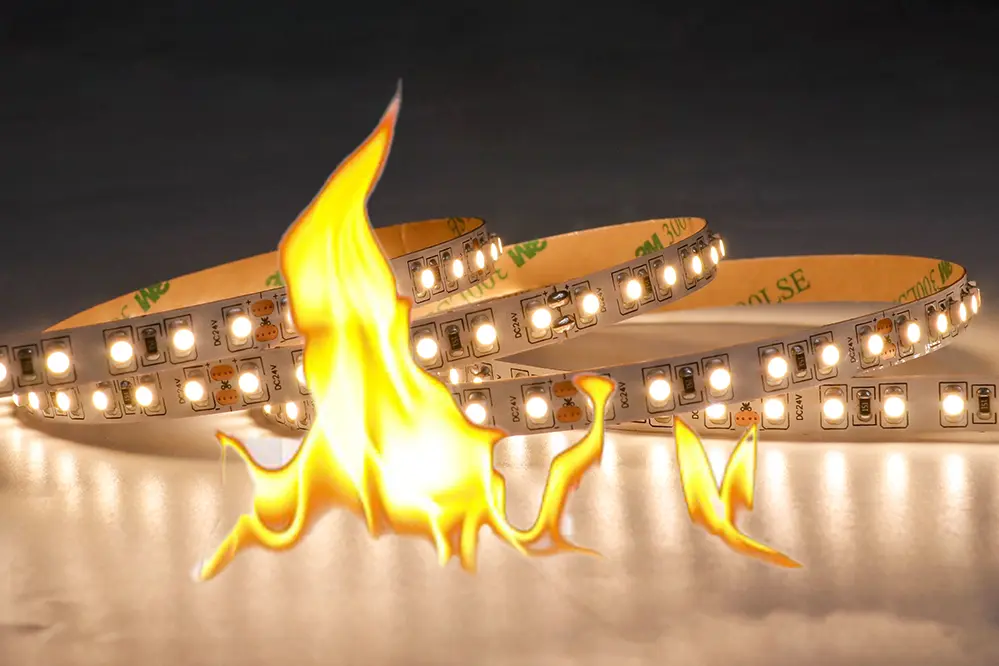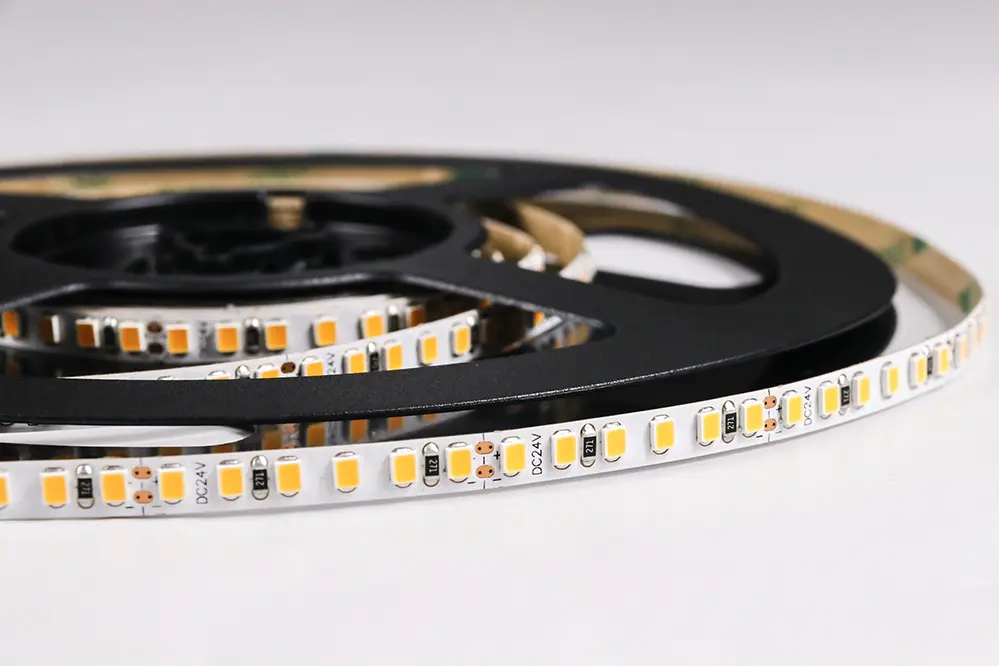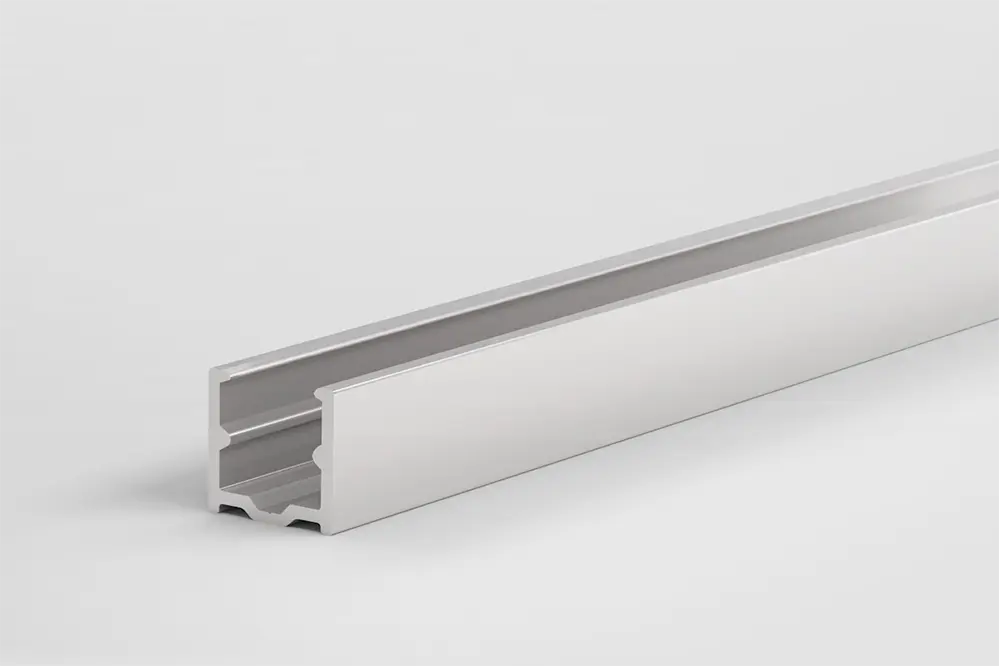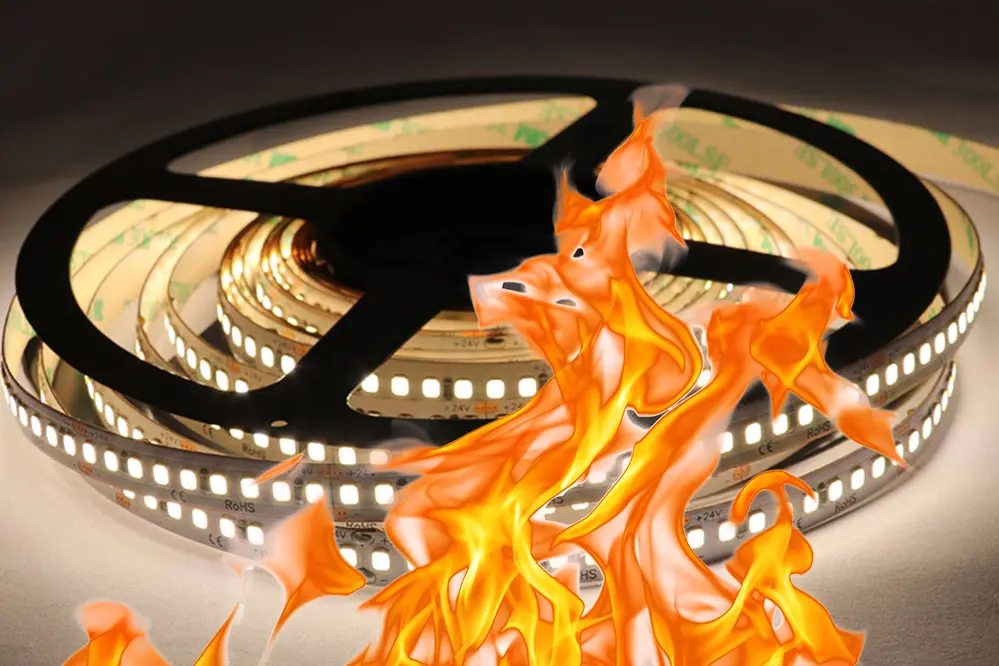Are you concerned about the safety of LED strip lights? Wondering if they have the potential to catch fire? Look no further! As an expert in the field, I’m here to shed light on this topic and provide you with all the information you need for peace of mind.
LED strip lights are incredibly safe and do not pose a fire hazard. With their low wattage per meter and lower temperature, these lights are designed to prevent overheating and eliminate the risk of fire. You can rest assured that LED strip lights are a reliable and secure lighting option for your needs.
But that’s not all! In this blog post, we’ll delve deeper into the safety features of LED strip lights, explore their temperature range, and discuss why they are the ultimate choice for both professionals and lighting enthusiasts. So, keep reading to discover why LED strip lights are not only stunning in design but also a safe and worry-free lighting solution.
Understanding LED Strip Lights’ Heat Emission

It is paramount to distinguish between the heat emitted by LED strip lights and that generated by traditional lighting solutions. LED strip lights operate at a significantly lower wattage, typically ranging from 8 to 18 watts per meter, translating to a much-reduced heat output. This inherent design advantage ensures that, under normal circumstances, the conductive heat is not sufficient to cause ignition or escalate to a fire hazard.
The thermal management of LED strips is bolstered by their construction, where the semiconductors produce light without necessitating a high thermal output. Consequently, even when LED strip lights remain active for extended durations, they maintain a temperature range that is well within the safety limits, circumventing the potential for fire-starting heat accumulation.
Low Wattage and Temperature Dynamics
LED strip lights operate at low wattages, typically between 8 to 18 watts per meter, which equates to minimal heat production. This limited thermal output ensures enhanced safety against fire hazards and contributes to their overall efficiency.
In environments where both functionality and safety are paramount, LED strips provide illumination without the high thermal risk associated with traditional lighting. The semiconductors within LEDs produce light without generating excessive heat, allowing for continuous operation without an elevated fire risk.
Quality LED strip lights generate significantly less heat than incandescent bulbs, greatly reducing the risk of fire.
Given their low wattage and efficient thermal design, LED strip lights remain cool to the touch even after hours of use. This characteristic not only safeguards against burns but also reduces the overall heat load in a space, thereby lowering the potential for any fire-related incidents and prolonging the lifespan of the lights themselves.
LED vs. Incandescent Heat Output
LED technology operates at significantly lower temperatures than incandescent bulbs. This discrepancy is a fundamental difference in their design and energy efficiency mechanisms.
Historically, incandescents have notoriously been energy-inefficient, with much of the electricity converted into heat rather than light, thus creating a substantial risk for overheating, and in some instances, fire hazards.
On the contrary, LEDs utilize a different approach, emitting light through electroluminescence. This process generates very little heat, making LED strips cool to the touch and markedly safer in myriad applications.
At the core of LED efficiency lies its minimal waste of electricity as heat. Typically, more than 90% of the energy used by an incandescent bulb is emitted as heat, contrasting starkly with the superior energy conversion of LEDs.
With LED strips, the worry of excessive heat affecting the ambiance or posing a risk is virtually eliminated, placing them leagues ahead of incandescent bulbs in safety and temperature control.
Assessing the Fire Risk of LED Strips

When evaluating the fire risk associated with LED strip lights, it is crucial to delve into their electrical and thermal management characteristics. Given their inherently low wattages, typically ranging from 8W/m to 18W/m, and the efficient thermal design, the surface temperature of LED strips is kept within safe limits, significantly reducing the potential for ignition. The advent of LED technology has brought about a paradigm shift in how we address electrical fire safety, with these low-heat-emission fixtures leading the charge toward safer illumination solutions.
Furthermore, the integrated design of LED strips usually includes a heat sink or an aluminum profile that dissipates any generated warmth, maintaining a temperature well below the threshold for combustion. Together with stringent quality control standards and rigorous testing protocols, these lighting solutions ensure that the risk of fire is minimized. Even with extended operation, LED strips are specifically engineered to thwart overheating, nullifying the likelihood of reaching hazardous temperatures, thus offering an exemplary level of fire safety for both domestic and commercial environments.
Material and Design Safety Features
LED strip lights leverage flame-resistant materials, ensuring that even in the unlikely event of electrical malfunction, the propensity for ignition is profoundly diminished. This intrinsic quality of resistance to heat serves as a foundational layer of protection.
To bolster safety, LED strips are designed with thermal management in mind, incorporating features like copper traces for improved heat conduction. The integrity of these traces is critical for dissipating heat evenly along the length of the strip, preventing hotspots that could potentially elevate fire risk. Together with voltage regulators and current-limiting resistors, these design elements act as guardians against overloading and overheating.
Manufacturers often encase LED strips in silicone or epoxy resin, materials acclaimed for their high thermal stability and electrical insulation properties. This encapsulation not only shields the components from external elements but also actively contributes to moderation of operational temperatures, culminating in an extensively safer lighting system.
Moreover, the installation practices for LED strip lighting are devised with safety at the forefront. By recommending or even mandating the use of aluminum channels and heat sinks, professionals ensure that heat is efficiently siphoned away from the PCB, maintaining a low surface temperature. Such installations reinforce the safety of the system, preserving the longevity of LEDs while eliminating the risk of overheating.
Quality Control in Manufacturing
Stringent quality control measures are pivotal in ensuring that LED strip lights are fabricated to exacting standards.
- Materials Selection: Choosing components that withstand heat and resist electrical interference.
- Thermal Management: Implementing design features that prevent excessive heat accumulation.
- Precision Assembly: Adhering to meticulous assembly procedures to avoid faulty connections.
- Routine Testing: Conducting comprehensive tests to affirm functionality and safety.
- Certification Compliance: Ensuring products meet or exceed industry safety standards.
By rigorously adhering to these protocols, manufacturers mitigate risks associated with substandard products.
Faultless production is further assured through continuous monitoring and refinement of manufacturing processes, safeguarding the reliability and safety of the LED strip lights.
To summarize, quality control in LED strip light manufacturing is an exhaustive process focused on delivering products that operate safely within designated parameters, precluding fire hazards and ensuring end-user confidence.
Installation Precautions for Optimal Safety

When installing LED strip lights, ensure that the surface is clean, dry, and free from any material that could potentially ignite due to electrical malfunction or heat. This foundational step is integral for preventing safety hazards.
It is crucial to incorporate an appropriate power supply with the correct voltage and amperage, tailored to the LED strip’s specifications. Using an ill-suited power supply can lead to overheating and potential fire risks, thus adhering to manufacturer recommendations is paramount.
As an added layer of precaution, consider installing LED strips within aluminum profiles. These conductive channels serve to dissipate heat effectively, reducing the risk of overheating, and extending the lifespan of the LED strips.
Correct Use of Aluminum Profiles
Aluminum profiles function as a heat sink, effectively dissipating the heat generated by LED strip lights and preventing potential overheating.
- Ensure aluminum profiles have appropriate clearance for air circulation.
- Match the aluminum profile to the strip’s width for optimal heat management.
- Use end caps to protect the LED strip ends and to maintain aesthetic consistency.
- Secure the aluminum profiles firmly to avoid movement and potential damage to the LED strips.
Incorporating aluminum profiles not only enhances thermal management but also lends to a more finished and professional installation appearance.
Proper installation ensures that the aluminum profiles can effectively perform their role as heat sinks, maintaining the LED strip lights’ reliability and longevity.
Placement to Prevent Overheating
Avoid placing LED strips in enclosed spaces.
When selecting a location for LED strip lights, it is imperative to consider ventilation. An optimal placement involves an open area where air can circulate freely around the strip. This flow of air assists in dissipating the heat that accumulates from continuous operation.
Ensure the surface is heat-resistant before installation.
To minimize the risk of overheating, it is beneficial to mount LED strip lights on surfaces with high thermal conductivity. Metals, especially aluminum, are preferred over wood or plastic, as metal helps to transfer heat away from the LED strips.
Consider ambient temperatures in the installation environment.
It is always prudent to take into account the surrounding environment’s temperature where you plan to install LED strip lights. Excessively high ambient temperatures can exacerbate the heat produced by LEDs, potentially leading to overheating if not managed appropriately.
Use additional cooling systems for high output strips.
In scenarios where LED strip lights are expected to deliver high output, employing supplementary cooling systems such as heatsinks or ventilation fans might be necessary. This helps to ensure the longevity of high-intensity LED strips even in challenging thermal conditions.
Maximizing LED Strip Lifespan and Safety
Correct installation contributes significantly to the longevity and safety of LED strip lights. When installed with care and precision on appropriate surfaces, risks of overheating diminish, safeguarding the lights’ function and durability.
To ensure optimal thermal management, pairing LED strips with adequate heatsinks and conducting regular maintenance checks can prevent the accumulation of dust and debris that might insulate and elevate temperatures, thereby stressing the diodes unnecessarily.
Lastly, using a power supply with the correct voltage and adequate wattage rating is crucial in maintaining LED strip lights. An overpowered or underpowered supply can cause operational stress, potentially leading to premature failure or safety hazards.
Choosing High-Quality LED Products
Selecting superior LED strip lights is pivotal for ensuring safety and longevity.
- Evaluate Manufacturer Credentials: Search for reputable brands well-reviewed by industry professionals and consumers alike.
- Check for Certifications: Look for certifications like UL, CE, or RoHS that indicate compliance with safety and quality standards.
- Assess Build Quality: Inspect for consistent coloring, even LED spacing, and a robust enclosure resistant to environmental stresses.
- Consider the Warranty: A comprehensive warranty can be indicative of the manufacturer’s confidence in their product’s durability and performance.
- Examine Technical Specifications: Verify that wattage, voltage, and lumen output align with your requirements and the product’s intended operation.
Quality LED products exhibit superior build and adhere to strict safety regulations.
A wise investment in high-grade LEDs pays dividends through energy efficiency and reduced replacement costs.
Best Practices for Continuous Use
When utilizing LED strip lights in a continuous operation setting, proper ventilation is crucial to dissipate heat and maintain optimal performance. Adhere to the manufacturer’s guidelines for installation and maximum run time to prevent any potential overheating issues. Moreover, integrating a dimmer control can modulate brightness levels, thereby reducing the load and extending the life of the LEDs. Regular inspection of the strip lights, especially in high-use scenarios, is crucial for identifying potential issues before they escalate. In the event of retrofitting or upgrading existing fixtures, ensure compatibility with the LED strips to maintain electrical stability and prevent overheating. Lastly, the practice of turning off the lights when not necessary, despite their ability to run continuously, can significantly prolong their lifespan.
Conclusion
LED strip lights are designed with safety as a top priority, minimizing the risk of fire hazards. By using professional-grade LED strip lights, the heat emission is kept to a minimum, ensuring a safe and long-lasting lighting solution. Adhering to installation standards and recommendations further enhances safety. Despite advancements in wattage, LED strip lights remain a low-heat option. Choosing LEDs with strict quality controls and reputable manufacturing ensures reliability and efficiency. Ultimately, selecting LED strip lights is not only about flexible lighting but also about prioritizing safety and sustainability.
By investing in high-quality LED strip lights from a reputable manufacturer, such as Unitop, you can have peace of mind knowing that you are getting a reliable and safe lighting solution. Unitop is a professional Chinese manufacturer of LED strip lights and LED neon strips, known for their strict quality control processes and commitment to customer satisfaction. Whether you are a lighting enthusiast or a professional in the industry, contacting Unitop for your LED strip light needs is a smart choice. Don’t compromise on safety – choose Unitop for top-notch LED strip lights that will illuminate your space without any fire risks.





